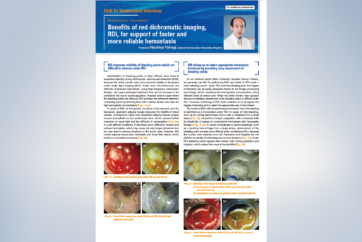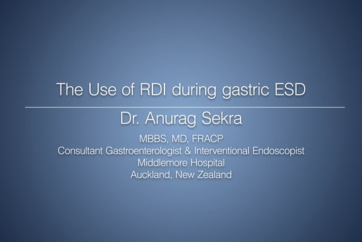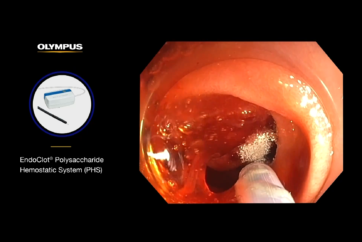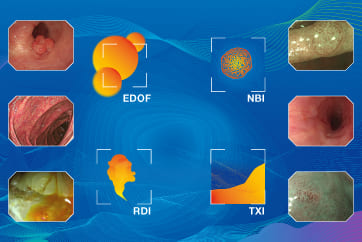HookKnife™ device
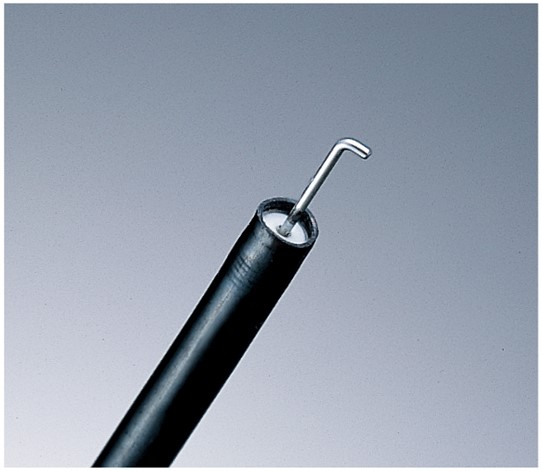
Model KD-620LR
Dr. Tsuneo Oyama
Saku Central Hospital
Disclaimer:
The positions and statements made herein by Dr. Tsuneo Oyama are based on Dr. Tsuneo Oyama’s experiences, thoughts and opinions. As with any product, results may vary, and the techniques, instruments, and settings can vary from facility to facility. The content hereof should not be considered as a substitute for carefully reading all applicable labeling, including the Instructions for Use. Please thoroughly review the relevant user manual(s) for instructions, risks, warnings, and cautions. Techniques, instruments, and setting can vary from facility to facility. It is the clinician’s decision and responsibility in each clinical situation to decide which products, modes, medications, applications, and settings to use.
Interview With The Expert
It hooks the mucosa for incision and dissection, so it is less invasive for the deeper tissues. The rotary function provides the ability to align the knife horizontally or vertically. Marking with the back of the HookKnife™ device may reduce the risk of perforation. In addition, use of the distal end cover isolates the high-frequency current. The ability to perform dissection by directly observing the submucosal layer enables pre-coagulation. It is nice to be able to perform dissection with a good view and no bleeding.
The needle knife is convenient because its cutting style is like flicking the tissue. Also, the ITknife™ and FlexKnife™ devices have a higher vertical incision speed, so I sometimes use them instead of the HookKnife™ device.
Applicability of the HookKnife™ device
Difficulty per region
◯ : Easy. No mark: Ordinary. △ : Difficult.
| Cardiac region | ||
|---|---|---|
| Fornix | △ | |
| Lesser curvature of upper body | ◯ | |
| Greater curvature of upper body | △ | |
| Anterior wall of upper body | ||
| Posterior wall of upper body | ||
| Lesser curvature of middle body | ◯ | |
| Greater curvature of middle body | △ | |
| Anterior wall of middle body | ||
| Posterior wall of middle body | ||
| Lesser curvature of lower body | ◯ | |
| Greater curvature of lower body | ◯ | |
| Anterior wall of lower body | ◯ | |
| Posterior wall of lower body | ◯ | |
| Lesser curvature of anterior wall | ||
| Greater curvature of antrum | ◯ | |
| Anterior wall of antrum | ◯ | |
| Posterior wall of antrum | ◯ | |
| Pyloric ring | △ |
Recommendation for beginners: 1) It is important to begin by observing the experts’ procedures. 2) Start with UL(-) lesion of 2 cm or less.
3) After you experience about 10 cases, observe procedures performed by experts again.
- Content Type

